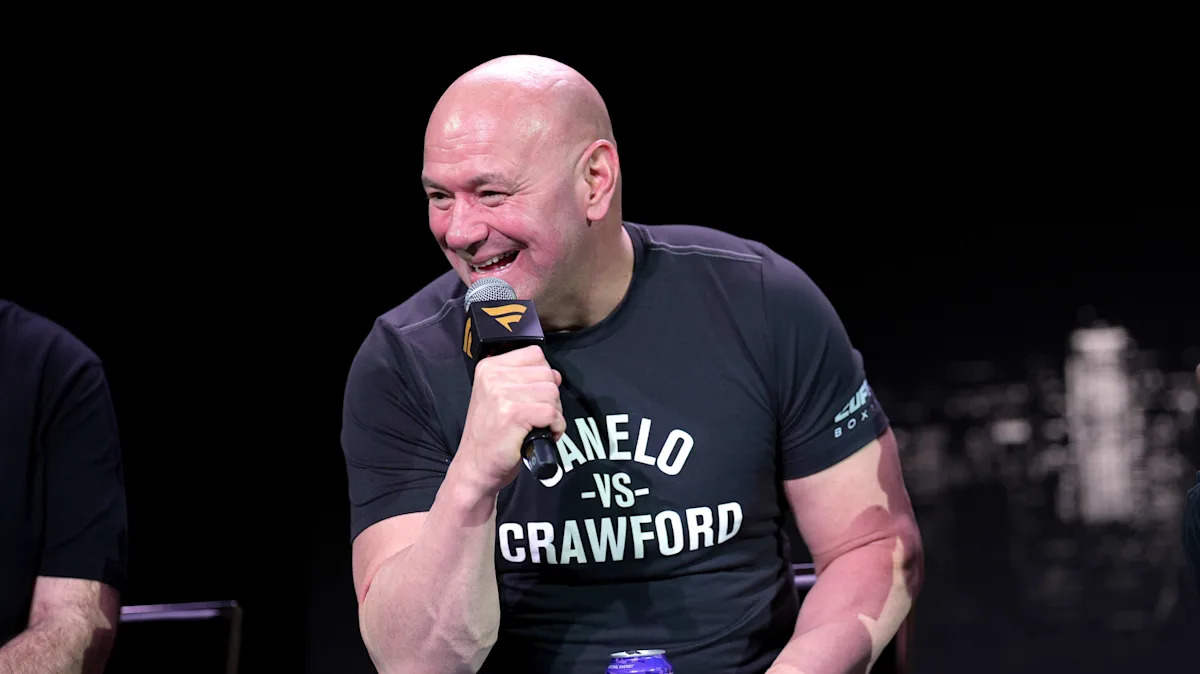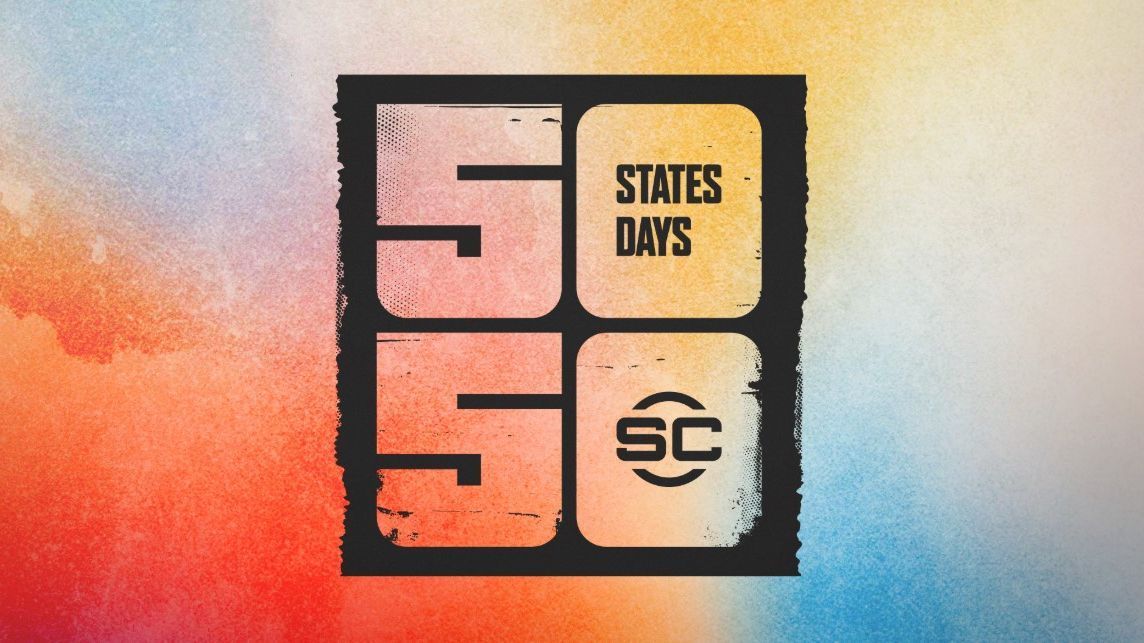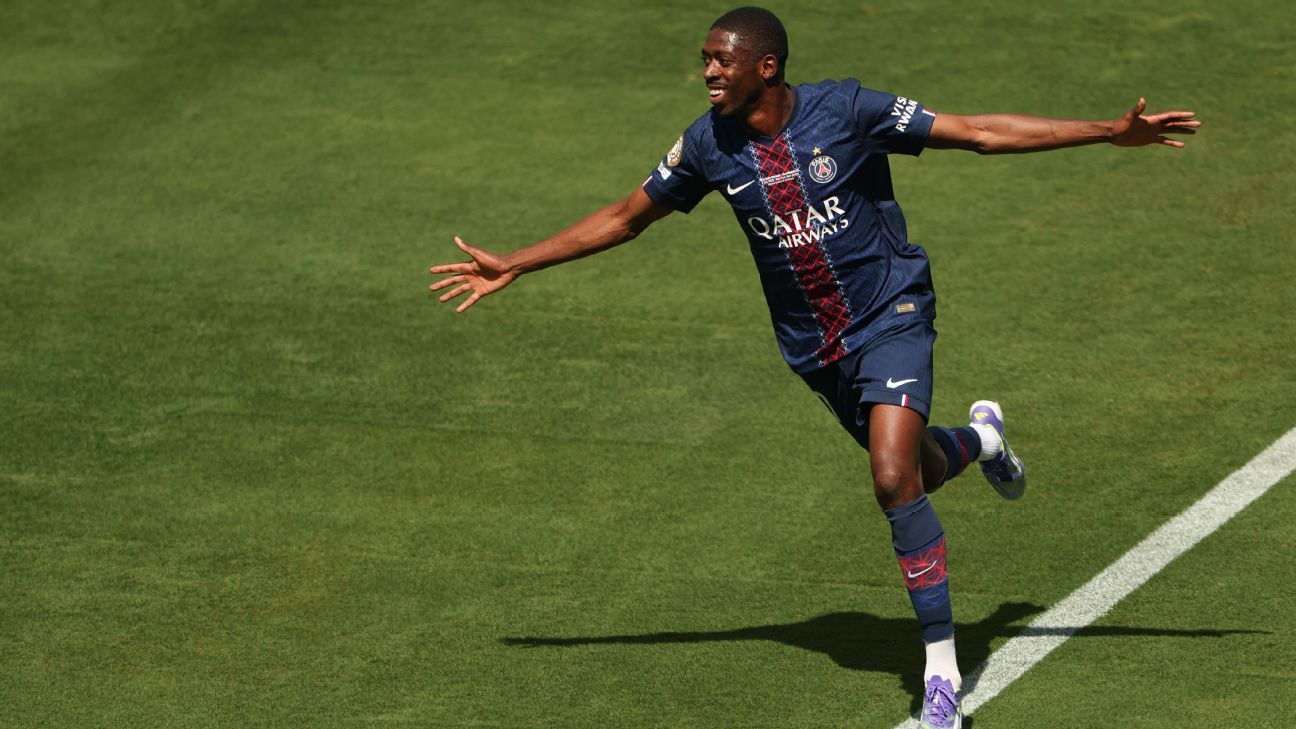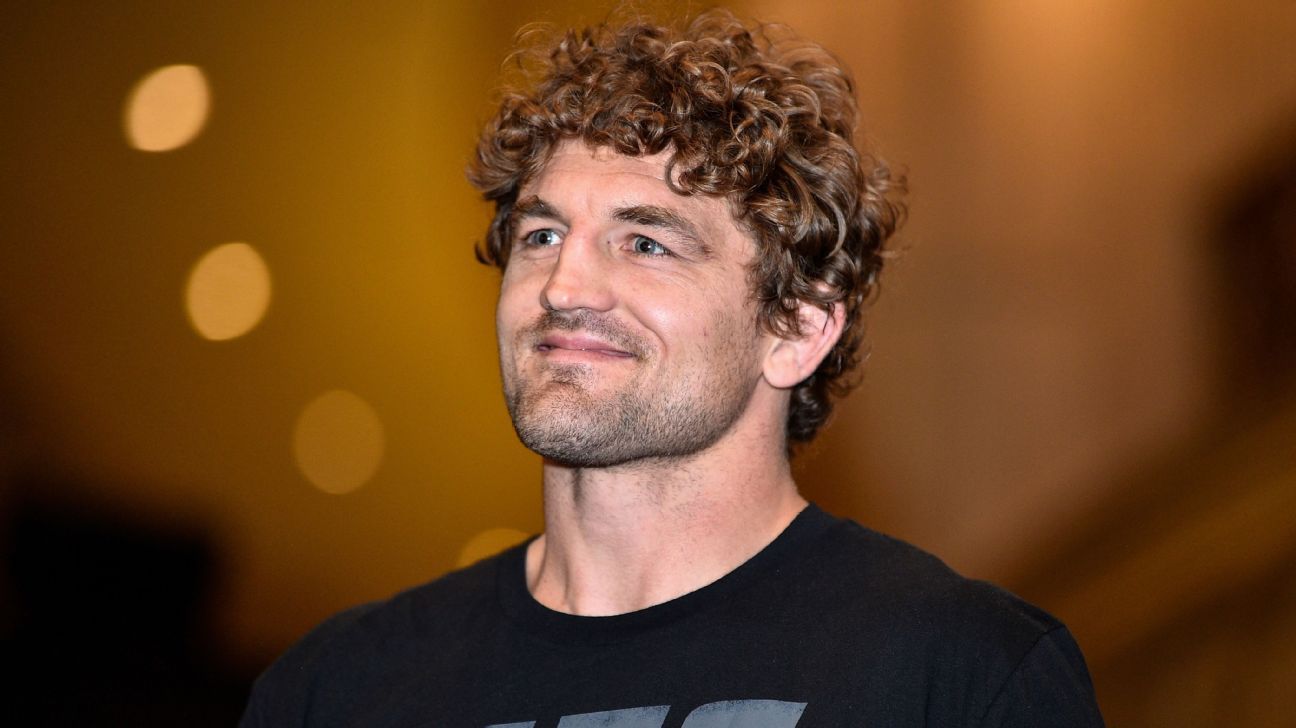For decades, the theory of “peak oil” shaped global thinking: At some point, oil production hits a ceiling — after which supply enters irreversible decline. The oil doesn’t disappear, but it becomes harder, more expensive, and less profitable to extract. Expansion halts. Efficiency tightens. Growth ends.
Now, it’s time to ask a similar question about another global commodity: Professional MMA.
Advertisement
After two decades of booming growth, it appears we may have reached “Peak MMA” — not in the sense that fights are over, but that the era of explosive, frontier-like expansion is behind us.
MMA isn’t dying, but the growth curve is.
The global number of professional MMA fights is decreasing.
(Data courtesy of Tapology)
The website Tapology is dedicated to tracking every single official mixed martial arts bout that takes place around the world, and they were kind enough to provide me with the number of professional MMA bouts held globally as well as by nation since 2008.
Thanks to their data we can see that the number of professional MMA bouts peaked in 2017 at 20,692. That number decreased only slightly over the next two years, before it fell off a cliff in 2020 thanks to the COVID pandemic and the economic closures that went with it. It quickly started to rebound though, in 2021, after the world’s economies began to reopen, but the industry never fully recovered. Instead, this second peak in MMA bouts petered out in 2023 at 18,096. The number of matches has since decreased, falling to 16,808 in 2024 and, at the current rate through May of this year, 2025 could end up at only 13,636 total bouts.
Advertisement
As troublesome as that trend might be, it becomes even more so when we zoom in on individual nations.
(Data courtesy of Tapology)
The United States, long the backbone of MMA, has seen a sharp decline in activity. In 2009, more than 6,266 professional fights took place across the country. This would be the pinnacle for American MMA contests. By 2024, that number had dropped to just over 3,027 — a 52% decrease.
Brazil and Russia, historically the sport’s second- and third-largest markets, tell the same story. Brazil peaked in 2013 with 3,875 bouts; by 2024, it hosted just 2,181. Russia hit its high in 2018 with 3,141 fights, and now sees only 1,782 annually.
Advertisement
Other English-speaking strongholds like Canada, the United Kingdom and Australia — each a key piece of MMA’s global expansion strategy — have also experienced steep contractions.
Combined, these three nations went from 1,941 fights in 2011 to just 845 in 2024.
(Data courtesy of Tapology)
These aren’t marginal territories. They’re pillars of the sport. And when they falter, it signals something far deeper than cyclical variance. It’s structural.
So what’s going on?
Was MMA’s global expansion just a fad?
Back in 2011, at the height of MMA’s early boom, longtime sports researcher Rich Luker expressed doubts about the sport’s long-term trajectory. Luker, who specialized in trend analysis and polling, noted that MMA had become a staple among young men — estimating that about 30 million Americans aged 12 and up considered themselves “avid” fans of the UFC or MMA more broadly.
Advertisement
But he also cautioned that the sport might be riding a wave of curiosity, comparing it to other short-lived phenomena like televised poker and professional bull riding. His concern wasn’t that MMA lacked appeal — it was that novelty might be driving more of its success than staying power.
Perhaps Lurker was on to something. The decrease in each of these markets could be the result of fans moving on as the novelty of MMA wore off.
Much like oil exploration, the MMA boom was driven by new countries, new stars, new markets. But that growth may not have been inherently sustainable. It relied on untapped regions and novel demand. And once the expansion frontier closed, the industry didn’t evolve — it contracted.
What we’re seeing now might not be a temporary post-pandemic slump. The collapse of regional markets suggests that global MMA was less an endless growth machine and more a one-time land rush.
Advertisement
But there is also another possibility that explains the downward trend in the industry.
UFC is booming — but the sport isn’t
The UFC has never been richer. Since its blockbuster ESPN deal in 2019, it has surfed wave after wave of success. Broadcast visibility exploded. Pay-per-views surged (although have since cooled domestically). Global reach expanded. The UFC has never had more fans nor attracted more viewers around the world, never has it made as much money as it does now, and it has never been as profitable as it is now (excluding some one-time legal fees).
To the casual observer, the sport looks healthy.
Advertisement
But monopolies can grow even as the markets they dominate shrink.
The UFC argues that its increasing output proves the sport is thriving. But plaintiffs in an ongoing antitrust lawsuit argue the opposite: That Zuffa suppressed industry-wide output by acquiring rivals, locking down fighters with restrictive contracts, and hoarding talent not to use them — but to prevent others from doing so.
As former CEO Lorenzo Fertitta bluntly wrote in a 2014 text to Dana White, the UFC needed to “keep taking these f***ers oxygen till they tap out.” The “f***ers” were rival promoters. The “oxygen” was access to top-level fighters.
If one looks around at the competitive landscape in MMA, it sure looks like Fertitta succeeded.
Advertisement
-
Bellator, once considered the strongest domestic alternative, was acquired by the PFL in 2023 after years of stagnation. But instead of rising, the merged company is releasing its top fighters and struggling to gain traction with live gates, ESPN viewership and media relevance.
-
ONE Championship, once touted as Asia’s answer to the UFC, is reportedly scaling back its MMA efforts entirely, pivoting toward regional Muay Thai events in Thailand as financial pressure mounts.
-
Invicta FC, the all-women’s promotion that once fed talent into the UFC, now operates on a shrunken event schedule with a diminished media profile and unclear long-term stability.
The result? An MMA industry where the UFC remains stronger than ever — but increasingly alone, as regional MMA proves incapable of surviving in the UFC’s shadow.
PFL is one of the last major platforms for non-UFC fighters.
(FRANCK FIFE via Getty Images)
Japanese exceptionalism
The one exception to this seems to be Japan.
While the rest of the MMA world surged and shrank, Japan has remained relatively steady. The question is why? Japanese MMA is more culturally rooted, more insular, and more independent from the UFC’s global consolidation, meaning that MMA is less likely to be a fad and that the UFC’s brand of MMA provides less direct competition to Japan’s promoters.
What Peak MMA actually looks like
So what does “peak MMA” really mean?
Advertisement
It doesn’t mean the UFC is in trouble. Quite the opposite — it’s likely to grow even stronger. But the sport around itself seems to be getting weaker. The number of pro fights is down. The number of viable promotions is down. And perhaps most importantly, the number of opportunities for fighters is shrinking.
Fewer events means fewer paid nights. Fewer chances to get noticed. Fewer paths to the top and less talent in the cage. It also means more dependence on the UFC.
This is not just for the top fighters — who will see less competition for their services, meaning fewer options outside the UFC — but this dependency will also likely extend to entry level fighters, where UFC Fight Pass-connected promotions and the Contender Series will have a bigger share of the fights that used to be held on the regional scene.
Although who knows — maybe we just luck out, find a new, untapped source, and any thoughts of “peak MMA” can be put off for a few more years.







